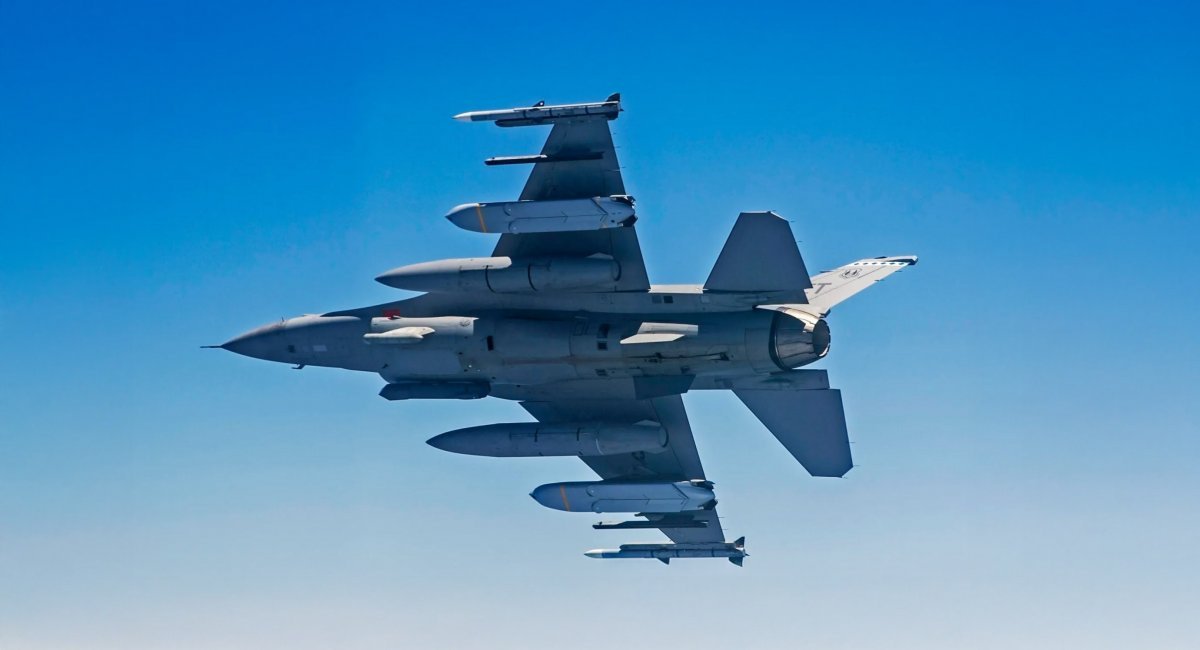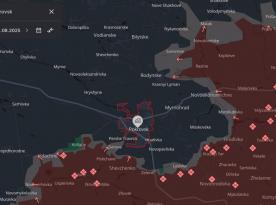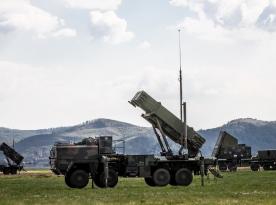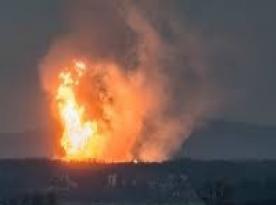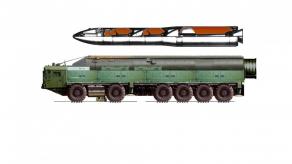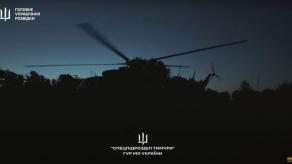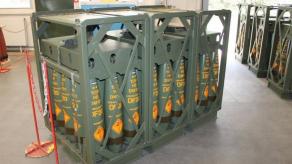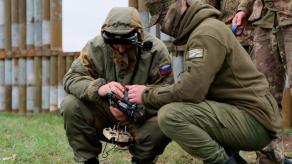On July 14, U.S. President Donald Trump announced that he had reached an agreement with NATO to provide weapons to Ukraine at the expense of European countries.
According to the American leader, the United States will supply "the best weapons."
Read more: From Halt to New Aid Packages: the U.S. Discusses PDA Renewal, NATO Purchases, Offensive Rockets for Ukraine
According to numerous insider reports published by Western media, this package is likely to include some form of long-range weaponry. The new military aid package that Ukraine hopes to receive from the United States may include air-launched missiles, aerial bombs, and high-precision ground-launched missiles. The primary criterion for these weapons could be their ability to strike deep into the territory of the russian federation.
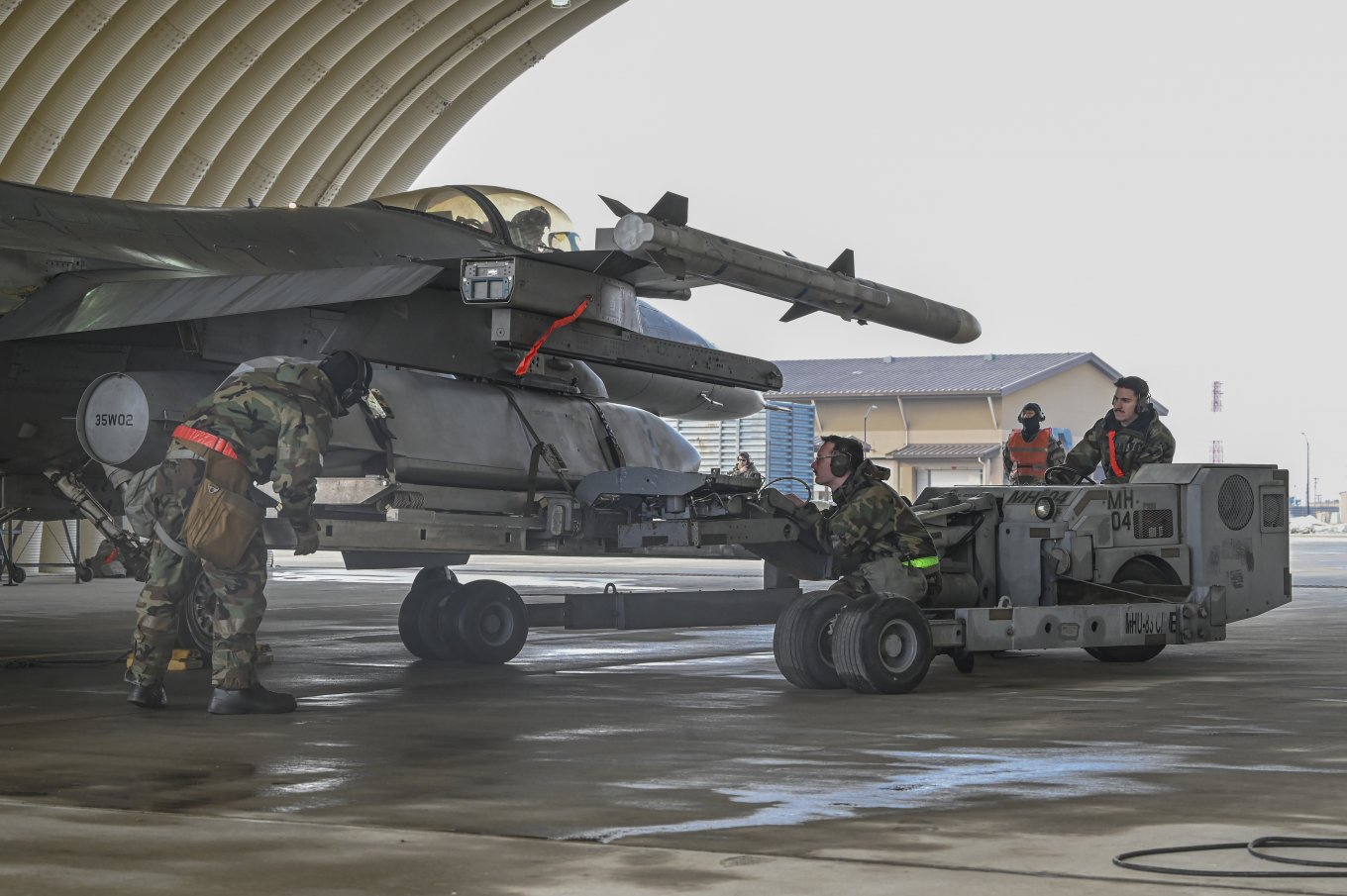
The specifics remain unknown. Some sources mention "offensive missiles," others claim these weapons will have the range to strike targets as far as Moscow. Still others explicitly state that they will be JASSM cruise missiles. All of these reports point to one clear requirement: the missiles must have a range of at least 500 km to reach Moscow from the Ukrainian border.
The AGM-158 JASSM has been under consideration for Ukraine since a time when Kyiv did not even possess F-16s. This potential transfer is closely tied to the F-16 itself, as this multirole fighter is one of the JASSM’s standard launch platforms. However, it is possible that Ukraine’s aircraft would require software upgrades to fully employ these missiles.
Regarding its specifications, the original AGM-158A version, produced by Lockheed Martin between 2003 and 2021 in about 2,000 units, has a range of up to 370 km and carries a 450 kg WDU-42/B penetrating warhead.
The missile is similar in many respects to the Storm Shadow or SCALP already familiar to Ukraine, both in its use of stealth technologies and in its targeting methods, which include an infrared seeker and image-matching algorithms to verify the target’s outline.
Since 2014, however, the AGM-158B JASSM-ER variant has been in production. It offers an extended range of 900 km while retaining the same warhead and overall dimensions. The next version currently under development, the XR variant, is expected to feature a significantly increased range of approximately 1,600 km. However, due to its larger size, it will not be compatible with the F-16 and will instead require platforms such as the F-35, F-15E, or F/A-18E.
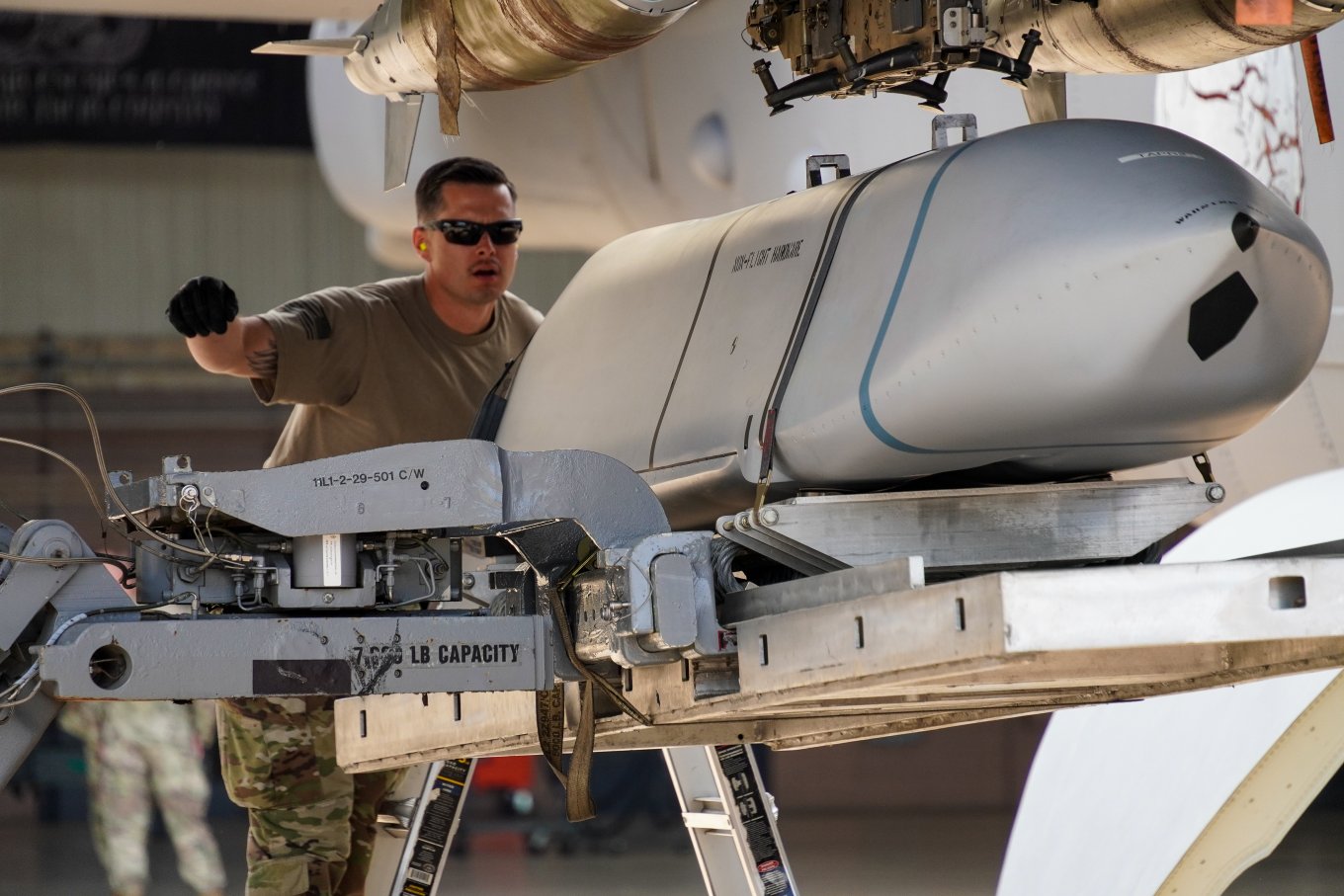
The AGM-158B JASSM-ER fits the profile of a weapon the United States could realistically transfer to Ukraine as it is capable of reaching Moscow. However, there are arguments in favor of transferring the older AGM-158A variant with its 370 km range, given the larger stockpiles available and the fact that the U.S. Air Force has already moved on to fielding the more advanced versions. At the same time, the delivery of JASSM-ER missiles could face constraints due to limited production capacity. Therefore, if these missiles are provided, the 370 km versions would likely make up the bulk of any such transfer.
This is not the only option under consideration. In September 2024, there were active discussions about Ukraine potentially receiving Raytheon’s AGM-154 JSOW precision-guided glide bombs, which weigh around 500 kg. That transfer was never officially confirmed, and from the outset, it seemed a somewhat questionable choice. Even when released from high altitude, these bombs have a range of only about 130 km. In the case of lofted, low-altitude launches, which would be the only viable method for Ukraine’s Air Force, their range would shrink to around 40 km or even less.
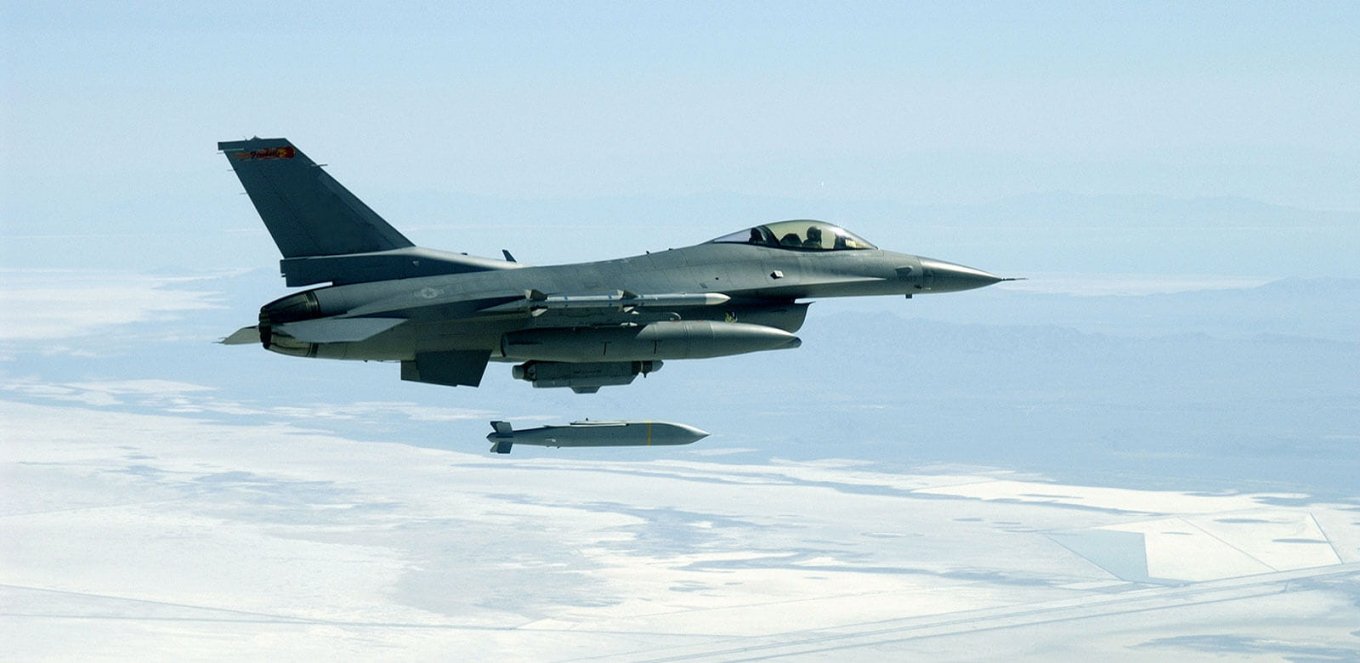
In other words, the utility of transferring such weapons would be extremely limited unless they were converted into a cruise missile, as Raytheon had once planned. In this configuration, the JSOW-ER, powered by a Pratt & Whitney TJ-15 turbojet, would offer a range of 550 km, more than sufficient to reach targets in Moscow. However, unlike the JASSM-ER, this design never entered mass production.
It is worth noting that both the JSOW and, presumably, the JSOW-ER can be launched from the F-16. If the conversion of existing JSOW bombs into JSOW-ER missiles could be completed relatively quickly and with minimal modification, and given the likely availability of stockpiled bombs, this solution appears promising.
The final option, though with minimal chances, is the transfer of the latest PrSM (Precision Strike Missile). Unlike the other candidates, this is a ground-launched weapon. Its standard launcher is the HIMARS, and its Increment 1 variant offers a range exceeding 500 km, although its warhead weighs only 91 kg.
Considering that a $4.9 billion contract for serial production was only awarded in April 2025, the PrSM remains purely theoretical at this point. The only conceivable rationale for transferring it would be to test its performance in real combat conditions.
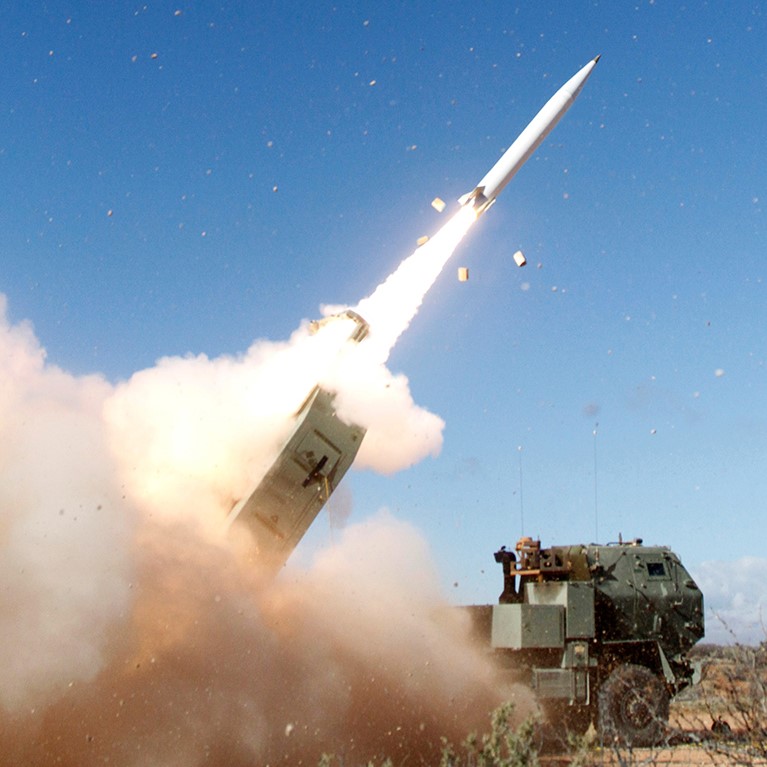
Nevertheless, even this option, despite its slim prospects, seems more realistic than the transfer of Tomahawk missiles. While the Tomahawk boasts a 1,600 km range, it has largely disappeared from public discourse since it was included in Ukraine’s "Victory Plan" back in October 2024.
Read more: Ukrainian Defense Industry to Build an Ammo Chemicals Plant in the U.S.




